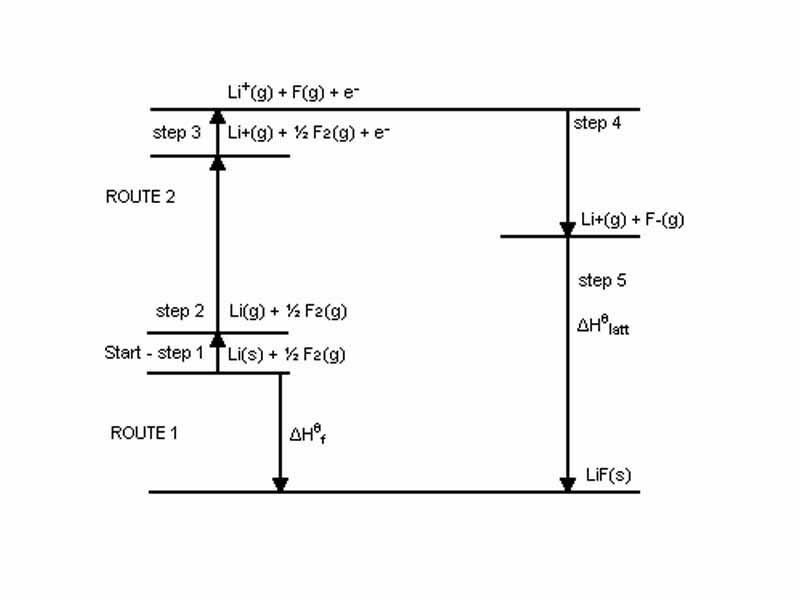Interdisciplinary Note (1 of 11)
The two main pillars of the understanding of the transformations matter undergoes in chemistry are chemical thermodynamics and chemical kinetics. Everything from redox to your organic mechanisms are simply instances of these ideas. Although interconnected in many ways, chemical thermodynamics and chemical kinetics bring different perspectives for describing chemical change. It's critical to have a clear idea which framework you are applying. This is a hugely important step in learning chemistry, learning to clearly distinguish kinetics from thermodynamics reasoning. The MCAT is preoccupied with the issue. They have a million ways to get at it.
The classic example is that an enzyme will not push the position of chemical equilibrium towards the products. An enzyme is a catalyst. It increases the rate of the reaction. In other words, the effect of an enzyme is on the kinetics of the reaction, not the thermodynamics. The position of equilibrium is determined by chemical thermodynamics, the standard free energy change of the reaction. K = e-ΔG°/RT. The catalyst does not change ΔG°. It does not affect the position of equilibrium.
Remember that chemical thermodynamics is about comparing the two sides of a chemical reaction in terms of thermodynamic state functions. The differences in internal energy, enthalpy, entropy, and free energy between two possible states of a chemical system are path independent. The benchtop mechanism, what happens in real life, that's one possible path. Another is to go from reagents to products by means of standard states of the elements. That's an imaginary path. Another imaginary path is pulling all the bonds apart to make the reagents into loose atoms and then letting the atoms fall together into the new bonds of the products. Whatever path you take from reagents to products, the enthalpy change will be the same. So will the free energy change. The equilibrium position is the same for all three paths. They are all the same in terms of overall stoichiometry and chemical thermodynamics.
Kinetics is different, though. Kinetics is all about the path, the specific mechanism. When you introduce a catalyst to a reaction, you are giving the reagents a new path to the products. Hydrolysis of a polypeptide is spontaneous. The free energy change is negative. However, just because there are favorable thermodynamics, doesn't mean there are favorable kinetics. Spontaneous doesn't mean fast. You come back the next day and your protein is still in solution. But add some trypsin, a serine protease, and your protein falls apart in minutes. The enzyme didn't push the equilibrium towards products. It changed the kinetics of the reaction. It gave the reagents a path to the products with much lower activation energy.
